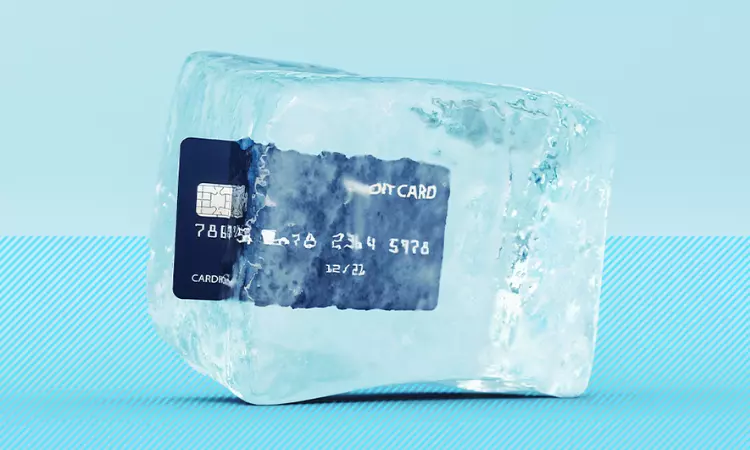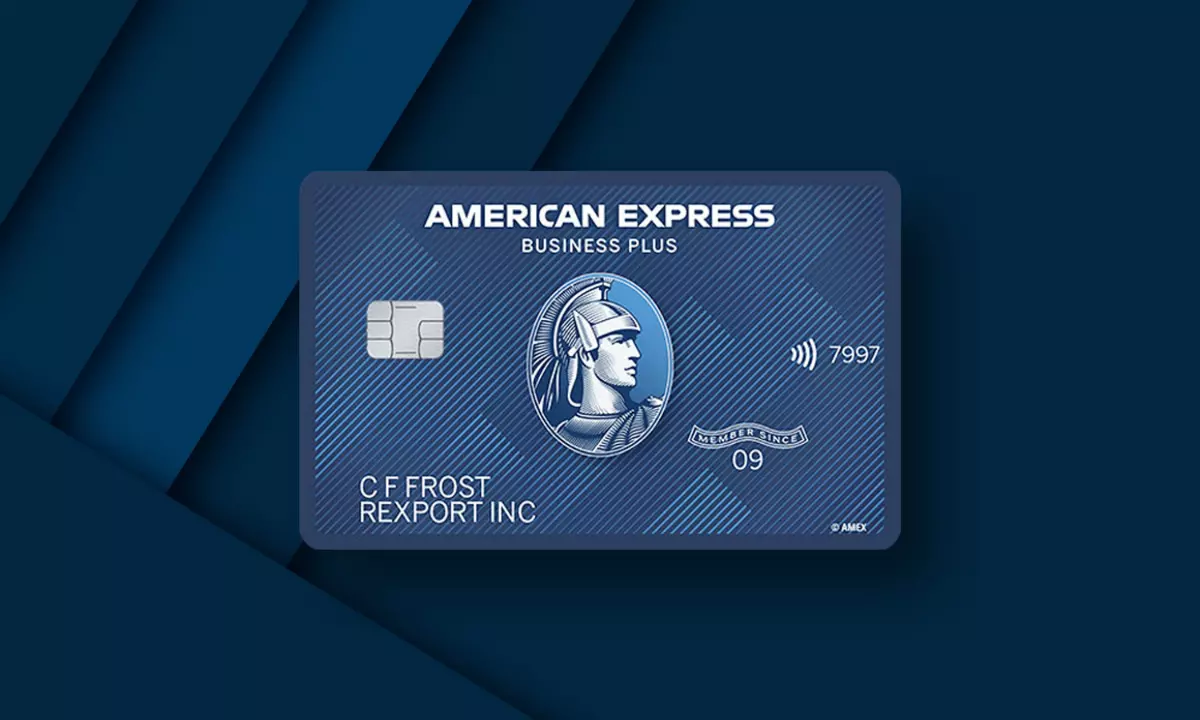
The Wells Fargo Active Cash® Card and Citi® Double Cash Card are cards with no annual fee and offer similar rewards programs – cardholders can earn 2% cash back on purchases. With Citi Double Cash, you can get 1% back on purchases and an additional 1% back when you pay for purchases.
However, while these two cards are similar, they are not the same, and they have many differences. Whether Wells Fargo Active Cash or Citi Double Cash is best for you depends, among other things, on whether you want to transfer your balance or are more interested in earning bonuses after opening an account.
Main details
| CARDS | WELCOME BONUS | REWARDS RATE | INTRO APR | ANNUAL FEE |
|---|---|---|---|---|
| Wells Fargo Active Cash Card | $200 cash rewards after spending $1,000 in the first 3 months of account opening | 2% cash back on all purchases |
|
$0 |
| Citi® Double Cash Card | None | 2% cash back on all purchases — 1% as you make purchases and another 1% when you pay for your purchases | 0% intro APR on balance transfers for 18 months (followed by a variable APR of 14.74% to 24.74%) | $0 |
Highlights of Wells Fargo Active Cash vs. Citi Double Cash
Welcome Bonus Winner: Wells Fargo Active Cash
The Wells Fargo Active Cash Card offers a $200 cash welcome bonus after you spend $1,000 within the first three months of account opening. This is an easy request to meet.
By contrast, the Citi Double Cash Card doesn’t offer a welcome bonus, making the Wells Fargo Active Cash Card the clear winner in this category.
Reward Rate Winner: Tie
Both Citi Double Cash and Wells Fargo Active Cash offer nearly the same cash rewards programs. Both cards offer 2% back on all your purchases, and neither card limits your earnings.
The only difference is that with the Wells Fargo Active Cash Card, you get 2% cash back on your purchases. With the Citi Double Cash Card, you can get 1% cash back on purchases and then an additional 1% cash back when you pay for those purchases. Therefore, this card makes the most sense for cardholders who pay their balance in full each month.
Annual Fee Winner: Tie
None of these cards have an annual fee.
Foreign Equity Fee Winner: Tie
Again, there is no difference between Wells Fargo Active Cash and Citi Double Cash. Both cards are charged a foreign transaction fee of 3% of their respective transactions. This means that neither card is suitable for travel abroad.
Which card is the most profitable?
Since both the Citi Double Cash and Wells Fargo Active Cash cards earn 2% unlimited cash back on purchases, both cards have the same earning potential.
Example of Wells Fargo Active Cash and Citi Double Cash Payouts
Let’s say you charge $1,500 using your Wells Fargo Active Cash or Citi Double Cash card in a given month. Get 2% cash back on all your purchases, no matter what you spend your money on – groceries, takeout, bills, clothing or travel. That month, you’ll get a $30 bonus. If you continue to spend $1,500 per month ($18,000 per year), you’ll earn $360 per year in cash back on both cards.
If you spend more than $1,500 a month, you’ll earn even more. Let’s say you bill an average of $3,000 per month ($36,000 per year). You can earn back $60 in cash a month, or $720 a year.
The only difference is when you get your money back. The Citi Double Cash Card offers 1% cash back on your purchases and the last 1% when you pay. If it takes longer for you to cash out your purchase, it will take longer to receive your full cash back bonus.
Why buy Wells Fargo Active Cash?
Extra benefits
In addition to a robust flat-rate cash rewards program, Wells Fargo Active Cash includes a 0% introductory APR offer on purchases and eligible balance transfers within 15 months of account opening. After the 0% introductory offer expires, a variable APR of 15.74%, 20.74% or 25.74% applies.
Additionally, funds transfer must be made within 120 days of account opening to be eligible for the 0% introductory offer. During the introductory period, you will be charged a transfer fee of 3% (minimum $5) of the amount transferred, followed by a fee of up to 5% (minimum $5).
This card has a shorter introductory APR period than Citi Double Cash, but unlike Citi Double Cash, Wells Fargo Active Cash includes a 0% introductory APR benefit on new purchases. So if you’re looking to pay for large purchases over time, Wells Fargo Active Cash is a better option because you don’t pay interest during the introductory period.
Wells Fargo Active Cash includes other notable benefits such as Cell Phone Protection, which protects your phone from damage or theft up to $600 (terms apply), and Zero Liability Protection, which protects your account from unauthorized access Authorized Transaction. You’ll also get Visa Signature benefits like travel and emergency assistance, extended warranty protection, and more.
Redemption option
There are several ways to redeem your cash rewards with the Wells Fargo Active Cash Card. You can use cash back as a statement or as a deposit into an eligible Wells Fargo account. You can also redeem cash in $20 increments at Wells Fargo ATMs. Finally, with Wells Fargo Rewards, you can redeem your rewards for gift cards or various travel purchases.
Recommended credit rating
To increase your chances of being approved for Wells Fargo Active Cash, aim for a good to excellent credit or FICO rating of 670 or higher.
Why get Citi Double Cash?
Extra benefits
Citi Double Cash is one of the best cash back credit cards on the market today. However, it’s also a good card to consider if you need to pay off high-interest credit card debt, as it offers an introductory 0% APR on balance transfers over 18 months (followed by a variable APR of 14.74% to 24.74% ). This is longer than the introductory period of Wells Fargo Active Cash, which means you have more time to pay off your debt if needed. However, keep in mind that this 0% APR offer only applies to balance transfers, not purchases.
You will also pay a 3% balance transfer fee (minimum $5) if you complete a balance transfer within the first four months of account opening. For balance transfers completed after the first four months, you will be charged a 5% balance transfer fee (minimum $5).
In addition to this introductory APR offer, Citi Double Cash offers other benefits such as zero fraud liability, Citi Identity Theft Solutions, Lost Wallet Service and access to Citi Entertainment.
Redemption option
Cash can be easily redeemed with this card. You can receive cash by credit card, check or direct deposit. Or you can convert your rewards to CitiThankYou points for more ways to redeem rewards. You can redeem your points for gift cards, travel, Amazon purchases or PayPal purchases through CitiThankYou.
It should be noted, however, that Citi Appreciation Points earned with this card are Basic Appreciation Points. This means that you can only transfer Citi Double Cash to a Citi travel partner if you pair it with a premium Citi card like the Citi Premier® Card.
Recommended credit rating
As with Wells Fargo Active Cash, you should have good credit or a FICO score of 670 or higher to use Citi Double Cash.
Final result
There’s a clever argument that everyone should have a 2% cash back card. So, which card tops the list, the Wells Fargo Active Cash Card or the Citi Double Cash Card? It depends on factors such as how and when you want to redeem your rewards, whether you want to receive a welcome bonus, and whether you are interested in introductory APR offers on purchases or balance transfers.
However, if you’re just looking for a generous, flat-rate cash back card with easy redemption options, Citi Double Cash or Wells Fargo Active Cash are good options.
Learn more:
-
-
-
-
Delta Skymiles® Reserve American Express Card Review – See more.
-
AmEx focuses on customer experience with new checking account and redesigned application
-



